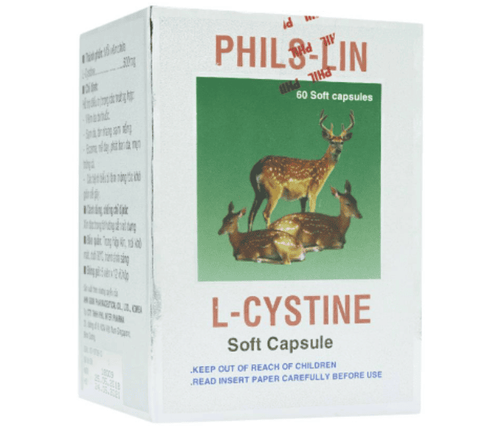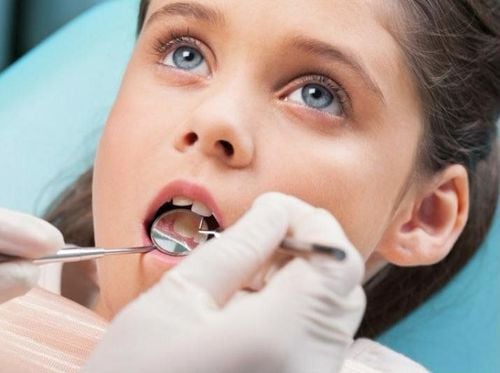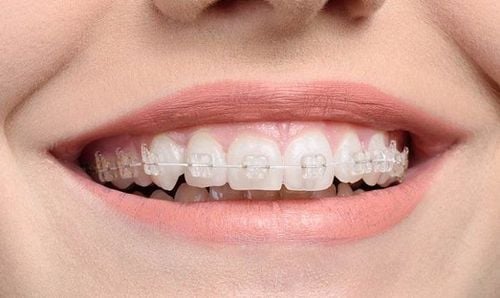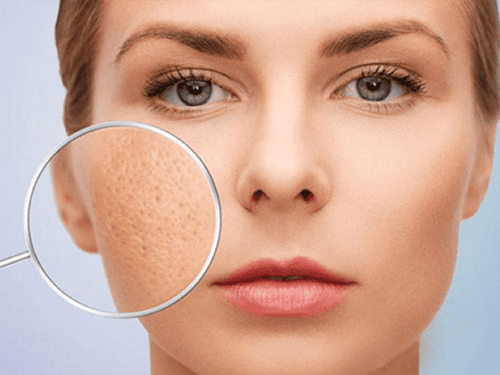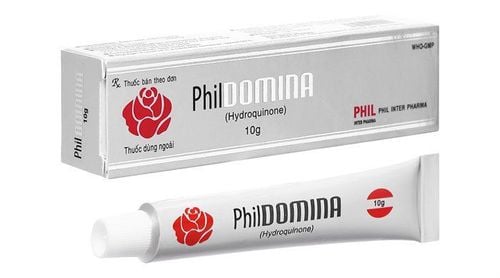This is an automatically translated article.
Freckles are patches of excess color or patches of hyperpigmentation under your skin. Freckles appear partly due to genetic factors. Freckles usually appear in childhood and you may continue to get more until you are 20 years old. People with fair skin or red hair are more likely to have freckles, especially those on the face.
1. What are freckles?
Freckles are small brown spots on the skin, often appearing in areas of the skin exposed to a lot of sun, in which freckles on the face are the most concerned form.In most cases, freckles are harmless. They form because the skin produces too much melanin, which causes skin and hair color. In general, freckles come from stimulated ultraviolet (UV) radiation.
There are two types of freckles: Ephelides (freckles) and solar lentigines (tortoises). These two types of freckles may look similar, are both flat nodules, but differ in growth and some of the following characteristics:
Ephelides (freckles)
Heredity First appeared when you are about 2-3 years old, usually after you go out in the sun Usually on your arms, chest, face and neck May be red, dark brown or light brown May disappear as you age May fade in winter Usually about 1-2 mm in size, sometimes larger Has irregular contour not clearly defined Solar lentigines (age spots):
Sometimes called age spots, sunspots Export appears as you age and is usually seen in people 50 years of age and older Can appear anywhere on the body that is exposed to the sun, including areas such as the back, chest, face, forearms , hands and legs. Does not fade or disappear over time May have a light yellow to dark brown color Appears from sun exposure and skin aging Has clearly defined contours. Freckles are usually benign, and do not require medical attention. However, it is advisable to see a dermatologist in the following cases:
Have a serrated border Asymmetrical Pain More than 6 mm in diameter Rump on the surface of the skin Have dark patches or different colors Begin grow or change size or color
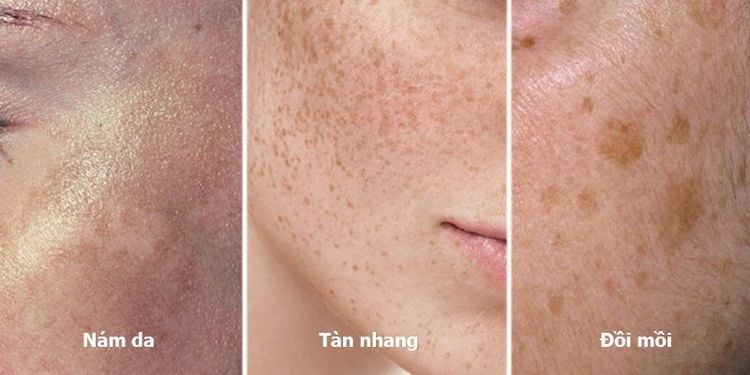
Sự khác nhau giữa nám da, tàn nhang và đồi mồi
2. Causes and risk factors of freckles
Some scientists believe that freckles are the result of a combination of the natural environment and genetic factors. The sun's harmful rays can make your freckles appear darker and easier to see. This is more likely if you have light skin. In addition, overexposure to the sun can also cause your skin to darken, tan, and burn.
In a study of 523 middle-aged French women, two factors predicted the appearance of freckles: Frequent sunburn and a gene called MC1R, which provides instructions for the formation of skin pigments . But genes do not affect all individuals in the same way. There are two types of melanin: Pheomelanin and eumelanin.
People with skin that produces pheomelanin are not protected from UV radiation and tend to have:
Red or yellow hair Light skin Freckles Less firm skin People with more eumelanin tend to be protected from UV damage and often features:
Brown or black hair Dark skin Firm skin Age spots For age spots, the French study also found a number of different factors that increase the likelihood they occur, including:
Dark skin A history of freckles High sun exposure Use of hormone therapies, such as birth control pills
3. Measures to treat freckles
Natural freckles are usually harmless and do not require treatment. They are not a sign of a skin disease. As the body ages, they may fade on their own or disappear completely, depending on the type of freckles.
However, if freckles are cosmetically disabling, especially facial freckles, treatments can help fade them. Some of the common treatments include:
Chemicals such as alpha hydroxy acids (AHA) and trichloroacetic acid (TCA) Laser treatments Cryotherapy (freezing the skin) Chemical masks Types creams like retinol, a form of vitamin A Your dermatologist should be the one to decide which treatment is best for you.
One study reported good results in lightening freckles and pigmentation with products such as: alpha hydroxy acid (8% AHA toner), trichloroacetic acid (TCA). These products can be purchased without a prescription from specialists. However, like other products, users always need to test on a small area of skin to avoid skin irritation, especially if you are using a home peel. Rinse skin immediately if skin begins to burn and do not leave longer than indicated on the instructions.
Laser therapy in the treatment of freckles is gradually becoming a popular choice because of its convenience and effectiveness. Glaser is a proponent of laser therapy to lighten or remove freckles. “Some fractional resurfacing lasers can work not only on the face, but also on the chest, or up the shoulders. Another common target of these lasers is freckles on the legs above the knees, where people are exposed to the sun from boating and similar activities.”
Fractional lasers resurface by targeting water within the layers of the skin. It drills through the layers until it reaches the dermis. This causes the old epidermal pigment cells to be shed, a reaction that leads to collagen regeneration and new collagen formation.
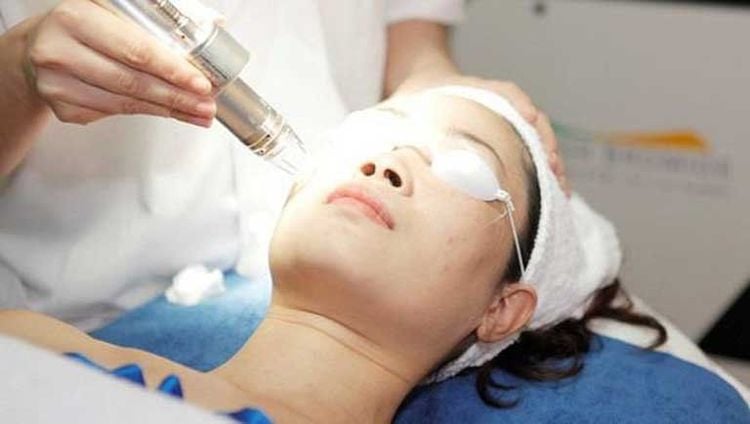
Có thể điều trị tàn nhang bắng phương pháp sử dụng laser
4. Measures to limit the appearance of freckles
You can avoid getting more freckles by protecting yourself from the sun. Some recommended best practices are:
Always wear a water-resistant sunscreen with broad spectrum protection and an SPF of 30 or higher (even when it's not sunny). Never use tanning beds. Don't get sunburned. Stay in the shade, especially between 10am and 4pm.
Please dial HOTLINE for more information or register for an appointment HERE. Download MyVinmec app to make appointments faster and to manage your bookings easily.




